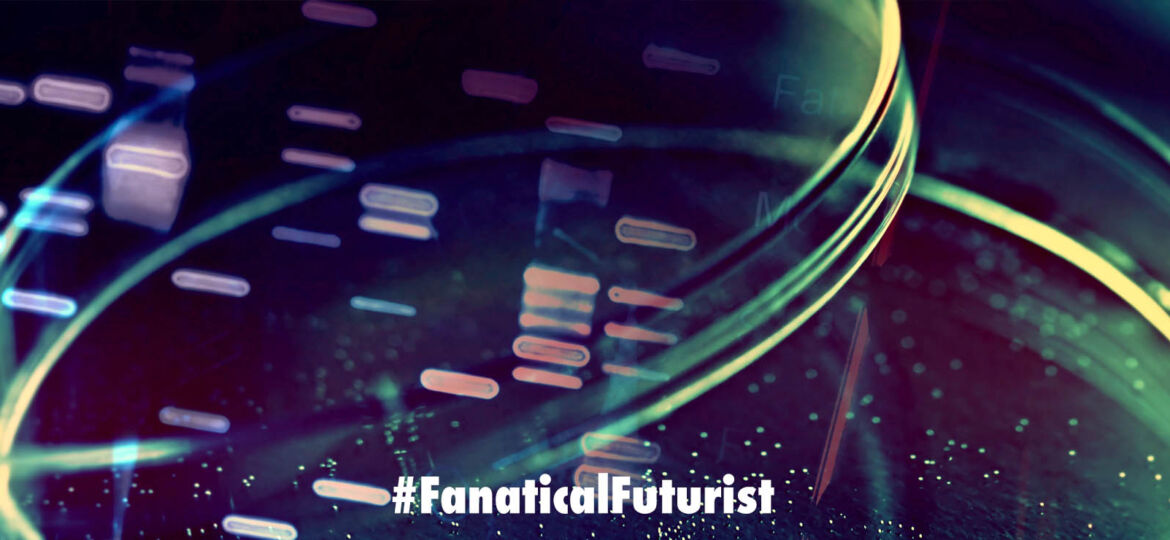
WHY THIS MATTERS IN BRIEF
In the future unnatural synthetic bacteria, and nature, will be our factories, churning out everything from designer drugs and materials, to new types of synthetic proteins and much more.
 Interested in the Exponential Future? Connect, download a free E-Book, watch a keynote, or browse my blog.
Interested in the Exponential Future? Connect, download a free E-Book, watch a keynote, or browse my blog.
Over the past year or so I’ve seen the development of a wide range of, frankly, really weird stuff, from the development of the world’s first six DNA base pair organisms, which was quickly followed by organisms with eight DNA base pairs, bearing in mind that we humans and every other organism on the planet has only four, all the way through to the world’s first semi-synthetic, and fully synthetic cells that can replicate themselves, and “unnatural” synthetic proteins that have no comparisons anywhere in nature. In short, we are now at the point of being able to create unnatural organisms unlike anything we’ve ever seen before that have completely unnatural properties and abilities that include, for example, being able to turn humans into supercomputers and that’s just the beginning.
Now, in another breakthrough in the sector researchers from the Scripps Research Institute in the US have announced in the Journal of the American Chemical Society that have “optimized a semi-synthetic bacteria to efficiently produce proteins containing unnatural amino acids.”
All of Earth’s natural life forms store information using a four letter genetic code consisting of the nucleotides deoxyadenosine (dA), deoxyguanosine (dG), deoxycytidine (dC), and deoxythymidine (dT). Within the DNA double helix, dA pairs with dT, and dG with dC, to form the “rungs” of the DNA ladder. And recently, researchers have made synthetic nucleotides that can pair up with each other.
When they placed these unnatural nucleotides into genes, bacteria could replicate the DNA and convert the sequences into RNA and then proteins that contained unconventional amino acids. However, bacteria often cannot use these synthetic sequences as efficiently as the natural ones. Therefore, Lingjun Li, Floyd Romesberg and colleagues wanted to optimize the unnatural base pairs to improve protein production.
The researchers tested different combinations of unnatural base pairs in E. coli and observed which ones were replicated most efficiently and produced the highest levels of a protein. Some of the synthetic base pairs had been tested before, whereas others were new variations. The team then used these optimized base pairs to demonstrate, for the first time, a semi-synthetic organism that could make a protein containing multiple unnatural amino acids. And that’s game changing.
















